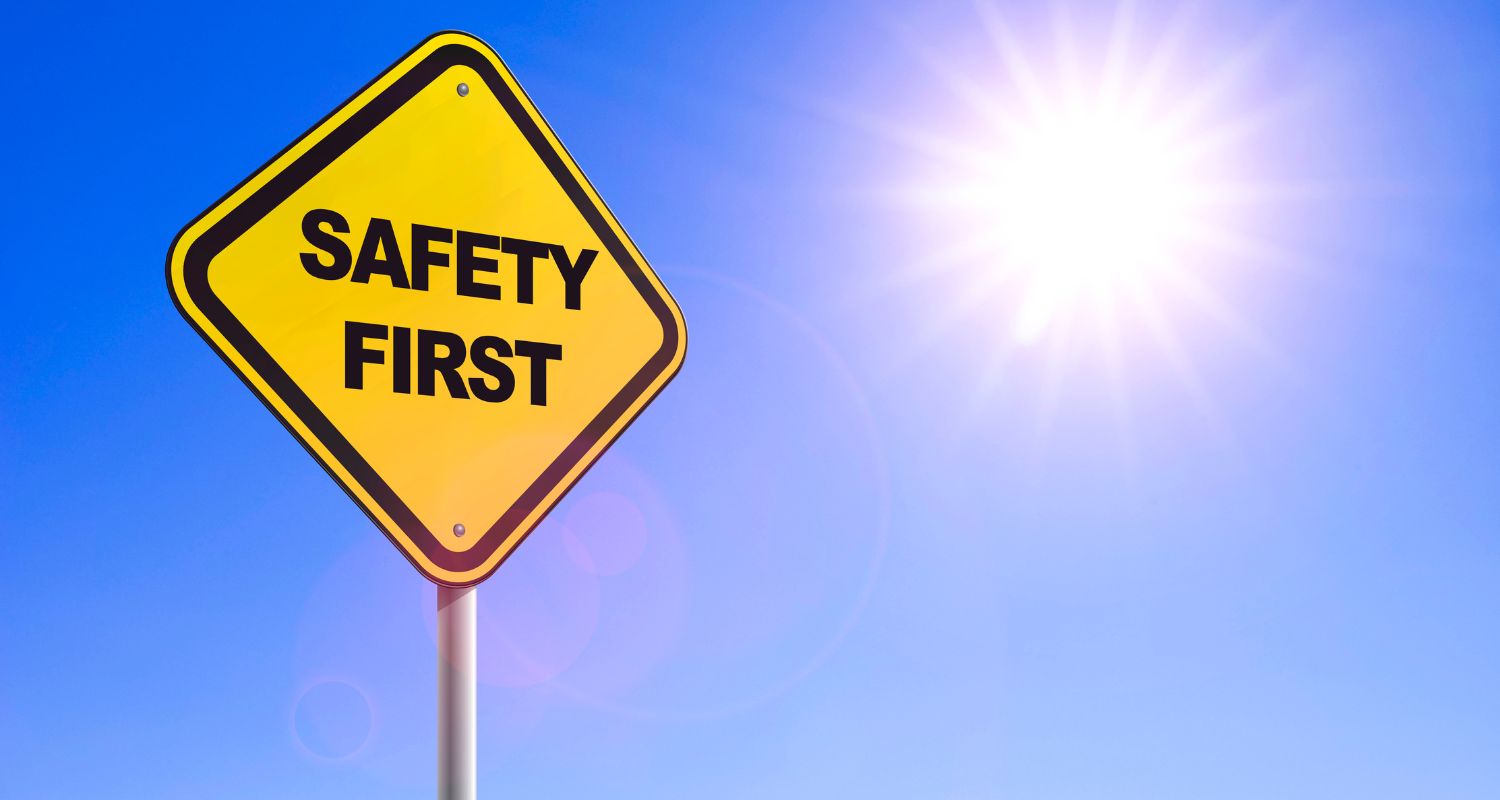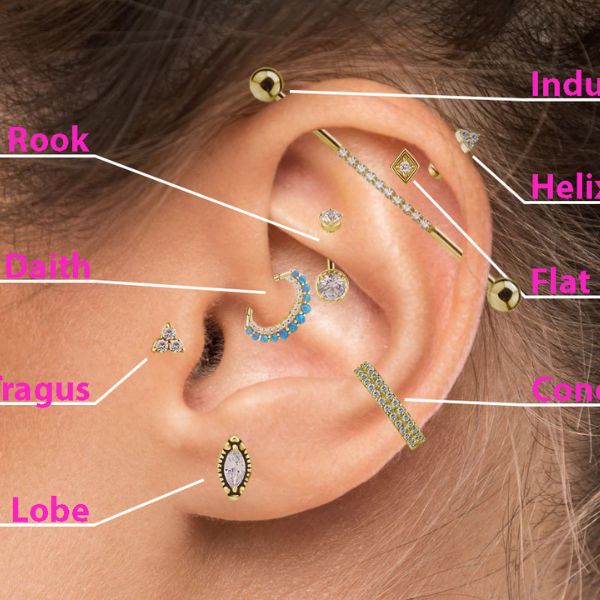Body piercing is an ancient form of body modification that has never gone out of style, from tribal piercings to alternative styles. It is a way to express one’s individuality and add an edgy twist to any outfit. However, piercings can also be risky if not done properly. In this article, we’ll cover everything you need to know about body piercing safety to keep you looking stylish and healthy.
Choosing a Safe Piercing Studio
The first step in keeping your piercing safe is to choose a reputable and professional piercing studio. Research the piercing studio you plan to visit, read reviews, and ask your friends for recommendations. Look for a studio that has a clean and sterile environment, uses disposable needles and gloves, and has certified and experienced piercers. Unfortunately, a lot of piercing studios order their jewelry from outside Canada. If you prefer to support a local Canadian business, make sure they get their jewelry from Trinity, the only body jewelry store based in Canada that offer superior quality to Canadian standards.
After-Care Measures
After getting a piercing, it’s important to clean it regularly to prevent infection and ensure proper healing. Always follow the after-care instructions provided by your piercer and clean the piercing with saline solution or antiseptic solution. Avoid touching the piercing with dirty hands and avoid submerging it in water until it heals completely.
Piercing Placement
Consider the location of your piercing before getting it done, as some areas of the body are more prone to complications. For instance, piercings on the nose, tongue, and genitals can be more risky than piercings on the ears and belly button. You should also consider your lifestyle and future plans, such as wearing clothing or gear that could put pressure on the piercing.
Selecting the Right Jewelry
Choosing the right jewelry is key to keeping your piercing healthy and comfortable. Look for high-quality materials that won’t irritate your skin or cause allergic reactions, such as gold, cobalt chromium, titanium, and surgical steel. Also, select jewelry that fits well and won’t move around excessively, as this can prolong the healing process and cause complications.
When to Remove a Piercing
In some cases, removing a piercing may be necessary due to infection, rejection, or other complications. Avoid removing the jewelry yourself, as this can cause more damage. Instead, seek the advice of a professional piercer. He can advise you on when it’s safe to remove the jewelry and provide guidance on the healing process.
Body piercing can be a great way to express your individuality and add a unique touch to your look. However, it’s important to prioritize your health and safety when getting one. By choosing a reputable piercing studio, following after-care measures, considering the placement and jewelry, and knowing when to remove the piercing, you can keep your glamorous style safe and healthy for years to come. Remember, your body is your temple, so make sure you treat it with care and respect.





